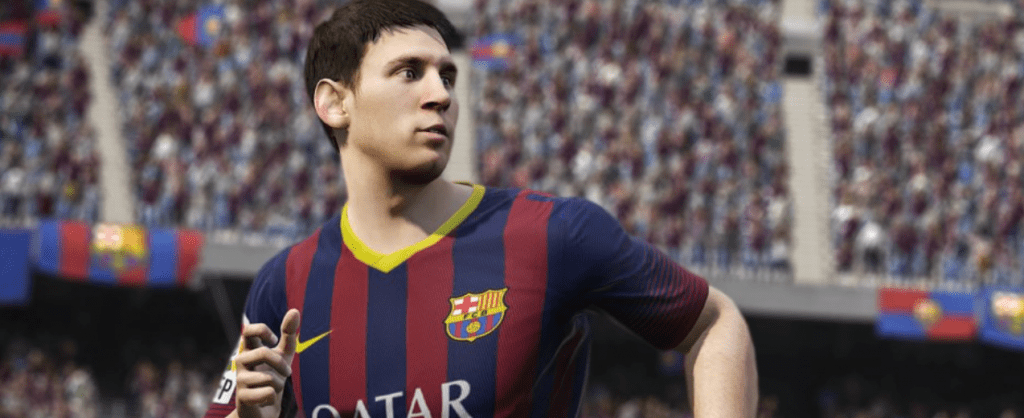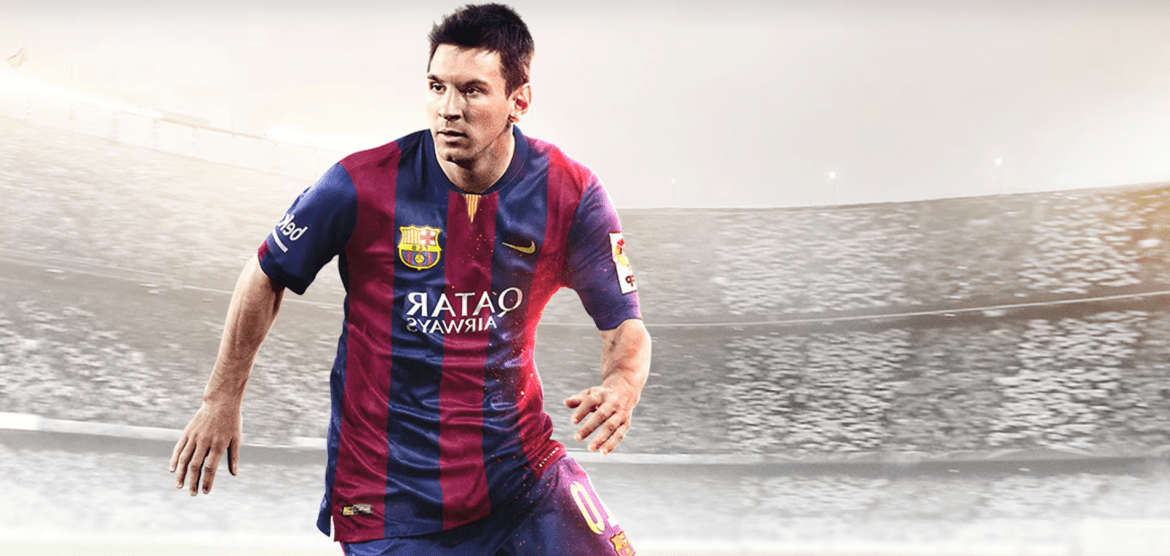Year after year, the FIFA gaming series stands tall as one of the most beloved and top-selling franchises. Yet, paradoxically, it also garners its fair share of complaints. Each annual release brings forth a slew of player concerns, prompting the dedicated team at EA Canada to embark on a mission to identify the roots of these issues and implement effective fixes.

Rather than getting bogged down in tweaking specific settings and statistical data (which is best reserved for post-release patches), the development team opts for substantial rewrites in one or two pivotal areas of the game every year. In FIFA 14, the major shifts were attributed to the transition to new-generation hardware and alterations in the Ignite engine, a common thread across EA’s latest sports games. However, when it comes to gameplay, the spotlight was on a complete overhaul of the pure shooting system and aerial ball physics.
FIFA 15 takes these principles a step further, extending the enhancements to other dimensions of the game. Surprisingly, it appears to propel the gaming experience to new heights through seemingly minor adjustments. For instance, in the 2014 edition, players gained the ability to execute a limping step during shots, allowing for better control of the ball’s direction using the inside and outside of the foot, along with increased player flexibility during turns.
However, the true game-changer lies in the conservation of ball momentum and rotation upon player contact. Quick passes between teammates can now dynamically leverage the ball’s momentum and rotation, with player deflections no longer predictably dropping to the ground but exhibiting realistic rotation and ascent into the air, mirroring real-life scenarios. Heading also undergoes a more authentic transformation, reducing its effectiveness in front of the goal. This adjustment not only makes interceptions during tackles easier but, coupled with new tackling animations, increases the likelihood of controlled ball possession rather than the ball bouncing to another attacker.
While advancements in ball physics address many player complaints, there’s more on EA’s agenda, and each item is being systematically tackled. For instance, during set-pieces, players can now utilize the right analog stick to control another player’s position, strategically running them into the box when calling for the ball. Additional settings at both attacking and defensive ends allow players to go all-out in attack or adopt a more conservative approach in defense.

This harmonizes seamlessly with further refinements in artificial intelligence systems, offering enhanced foresight for players on the PS4, Xbox One, and PC versions. Each player now harbors short-term, medium-term, and long-term goals during a match, encouraging them to go beyond mere possession and attempt to outmaneuver defenders. If a goal is needed, players are more likely to attempt longer passes, reducing the intensity of midfield battles.
The game makes better use of the enhanced capabilities of more powerful gaming machines, now tracking players’ emotions during the match. For example, scoring an own goal prompts other players on the team to view the offender more negatively. While this doesn’t alter the team’s performance, it contributes to an overall improved presentation in the game.
Highlights extend beyond mere shots on goal, encompassing any crucial aspect of the game. Player reactions to missed shots or significant challenges are influenced by various factors such as time, score, and the players’ sentiments toward each other. Similarly, the crowd gets a unique treatment, with team-specific animations. A prime example is Liverpool fans waving scarves while singing “You’ll Never Walk Alone.”
This emphasis on graphical authenticity is a crucial aspect of the game’s evolution, adapting seamlessly to new gaming hardware and the Ignite engine. The ultimate goal is to make players “feel the game” and become more emotionally invested in the match. To achieve this, the game incorporates more visually appealing effects, including accurate footprints and sliding marks on the field during the match (thankfully avoiding the label “Pitcholution”). Dynamic sunlight, though not flawless in transition, and glare contribute to bringing the color and tone of the images closer to the experience of watching an actual game on TV.

Graphics serve as the finishing touch for gameplay, especially considering the incredible realism achieved by FIFA 14 at certain moments. Consequently, modifications to ball physics, player control, and animations become crucial. The extent to which these changes will translate to the PS3 and Xbox 360 remains uncertain, but thankfully, these platforms haven’t been relegated to legacy status. The changes made signify another positive stride in addressing core issues within the game rather than opting for superficial adjustments.
Of course, in the weeks following the release of FIFA 15 later this year, it’s a safe bet that players will find new aspects to voice their opinions about…



Leave a Reply